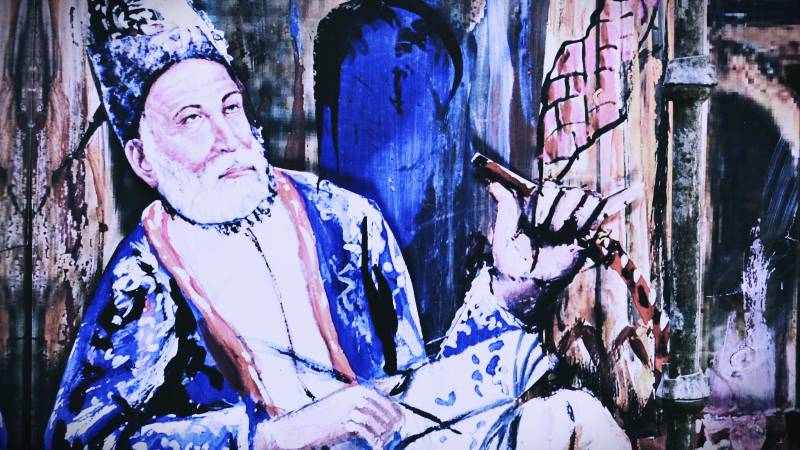
Men must endure,
Their going hence, even as their
coming hither
Ripeness is all
(William Shakespeare)
Pain is an integral part of human existence. It has many shapes and manifestations, and humans have been struggling to overcome pain since time immemorial. Human life is subject to death, grief, regrets and gradual decline with the passage of time. Even as a child, a human being suffers from different pains which may be minor and major. When a child is born, it starts weeping, which shows that it has entered in the realm of pain. As said by Gautama Buddha “The world is a home full of sorrows.”
Various prophets, sages, physicians, doctors and scientists have tried to define pain and cure it. Humans remain able to overcome it completely or obliterate it from the face of the Earth. The only possible way out is to appreciate that one has to suffer from pain in the world and should try to alleviate it by trying to share the pain of suffering humanity. Such is the maturity which humans gather after suffering from pain and understanding that pain is part and parcel of this life: one cannot get away from it. One can, at most, mitigate it to a certain extent.
Dr Khwaja Ahmad Abbas is a physician by training. He graduated from Nishtar Medical College Multan. After a brief stint in Saudi Arabia where he worked as a doctor and acquired a taste of Bedouin life in the desert, he proceeded to the UK for higher postgraduate studies and training. After returning from abroad, he worked as a consultant, chief paediatrician in the children’s hospital and then as dean of the post-graduate college at Pakistan Institute of Medical Sciences (PIMS) Islamabad.
Finally he landed in the SHIFA hospital as professor chief of paediatrics where he worked for 10 years and finished 55 years of medical practice.
He has tried to analyse these different manifestations of pain in A Thousand Sublime Sorrows. There is a pain in silence as well. Some pains becomes manifest but many pains remain unspoken and hidden. One can only analyse a pain when it comes to surface. The pain which never comes to the surface and remains hidden inside human recesses digs deep into the psychology of a person.
The work is divided into three important parts. The first consists of the forms and presentation of pain. The second deals with the biological basis of pain and the third explores the relationship of pain with different cultures, civilisation, spiritualities and the mystic dimensions of pain. Finally, the author deals with the poetic pain or the sorrow or pain manifested in Urdu poetry, titled as the poetic discourse of pain and suffering. The three chapters are a Unity in themselves. They can be read separately but they are also interconnected with the central theme, so the book has something for every kind of reader.
The first of the two portions mentioned above are purely scientific and related to the medical profession. The third and fourth may be of keen interest for any general reader. Dr Ahmed analyses, for instance, the importance of pain in different religions including Christianity and Islam. He especially deals with the self-inflicted pain and sacrifice - such as the actions of devotees who honour Jesus Christ or Imam Hussain (AS). This kind of pain is self-inflicted and has religious significance. The section also contains quotations from various great personalities on pain including Dalai Lama, Kahlil Gibran, Friedrich Nietzsche, Oprah Winfrey and others.
By the final part of the work, the author has moved totally from his scientific self to the poetic one and after eulogising the Urdu language and briefly commenting on its origins, he deals with the poetic pain or importance of pain in creation of poetic art and different muses.
This section also offers very light reading after going through very tough and complex details about pain in the earlier part of the book. There is selection of almost 500 couplets from different Urdu poets starting from Mir, Ghalib and other classical poets to the present generation – with English translation. The writer has graciously acknowledged the contribution of this scribe here.
This section is really a treat and we also come across many poets not so known to us. As such, it is also a positive contribution to the promotion of Urdu and literature.
The author had established himself as a very fine English writer after the publication of his very interesting memoir, Living in Clouds.
The style of writing is quite fluent and there is a marked felicity of expression. To the sceptical reader, the book may not contribute anything in alleviating pain from the world – but from a reader’s perspective, it does make different kinds of pain perhaps a bit more bearable. And to that extent, one feels wiser and more mature after reading this book.

